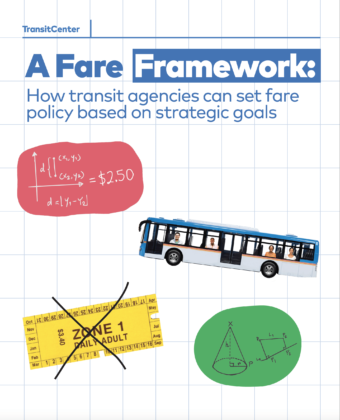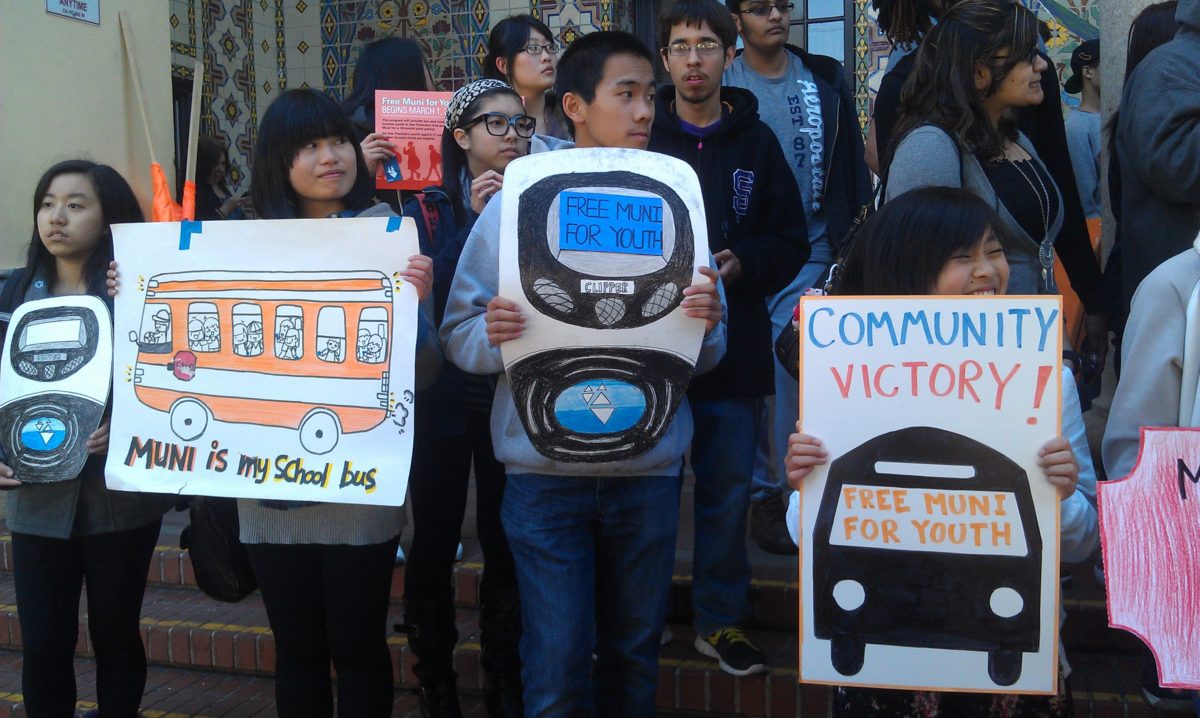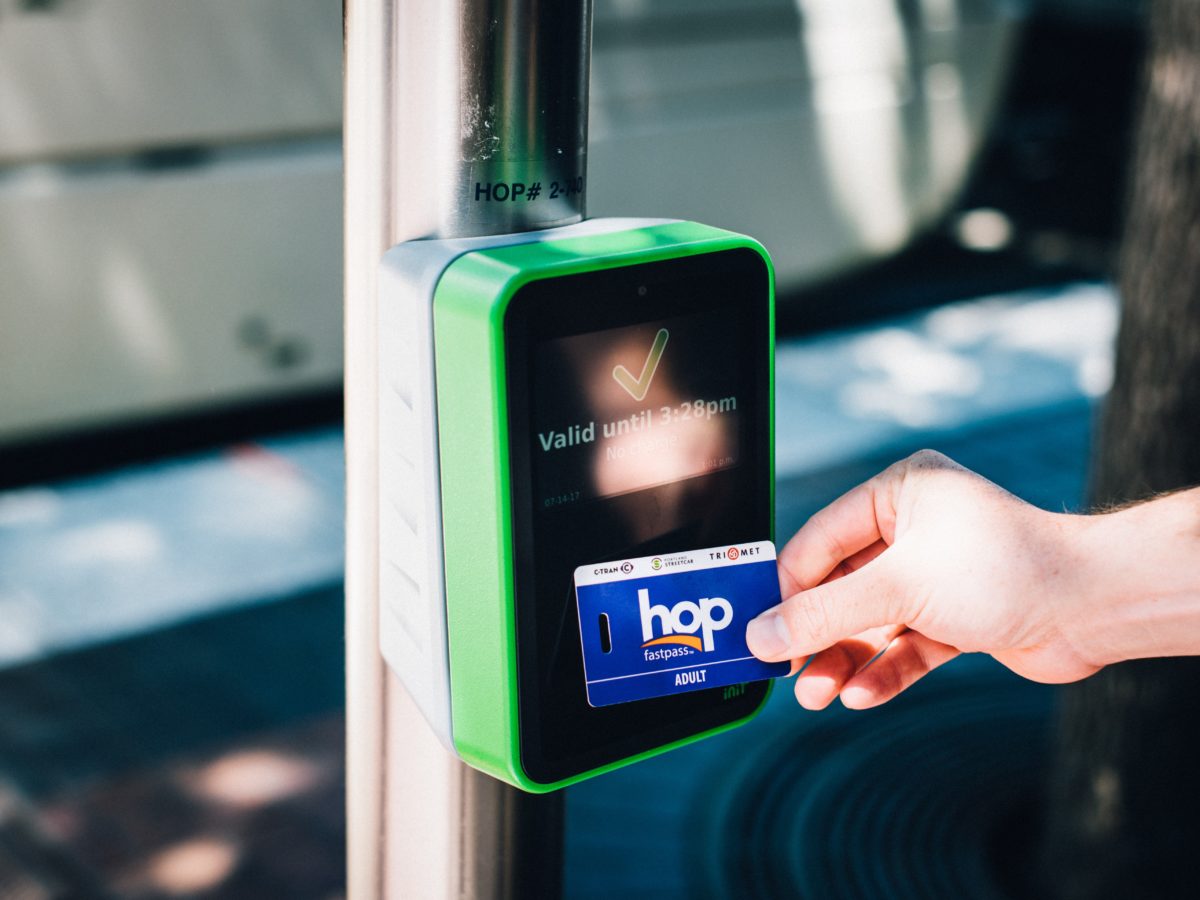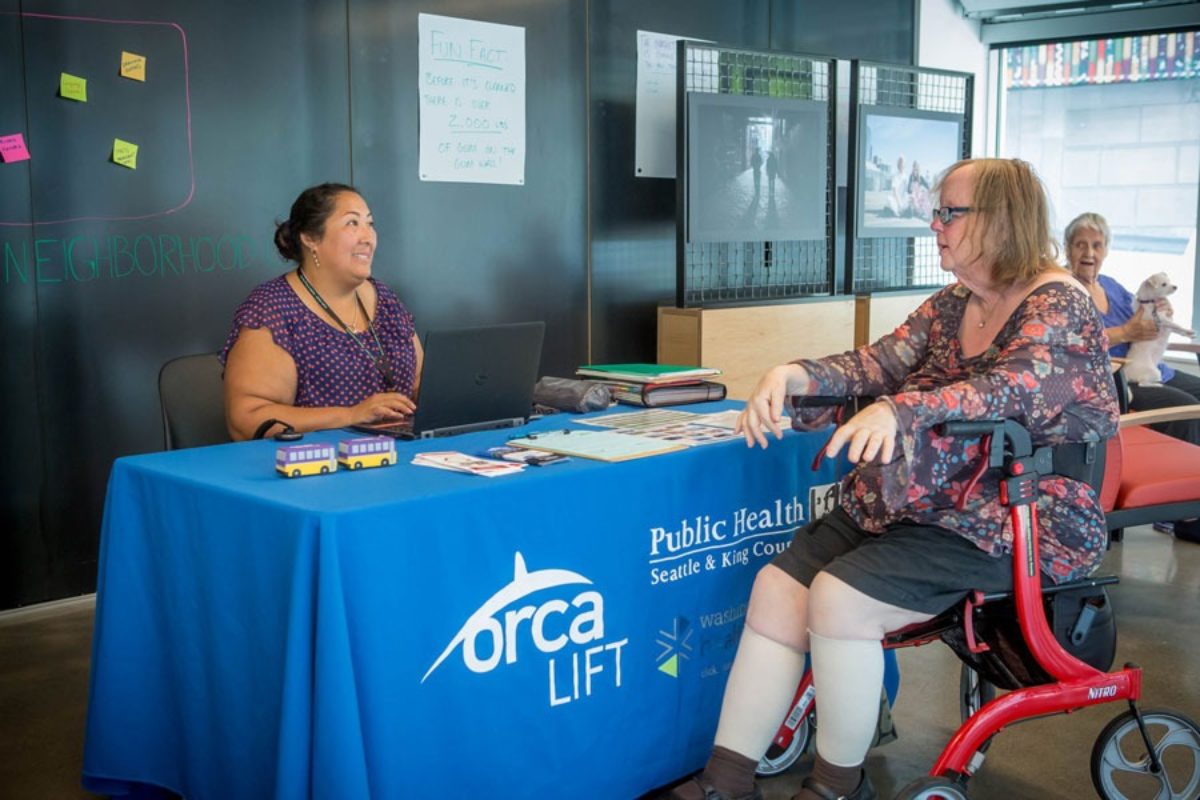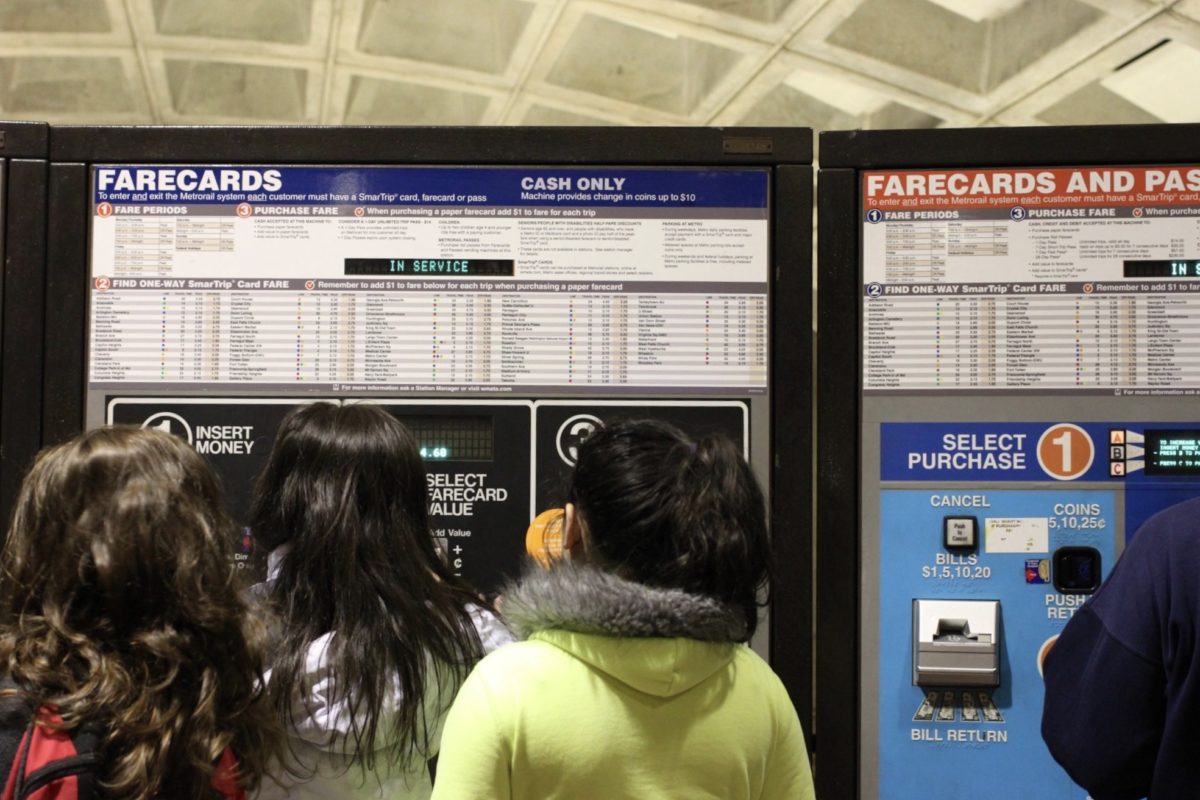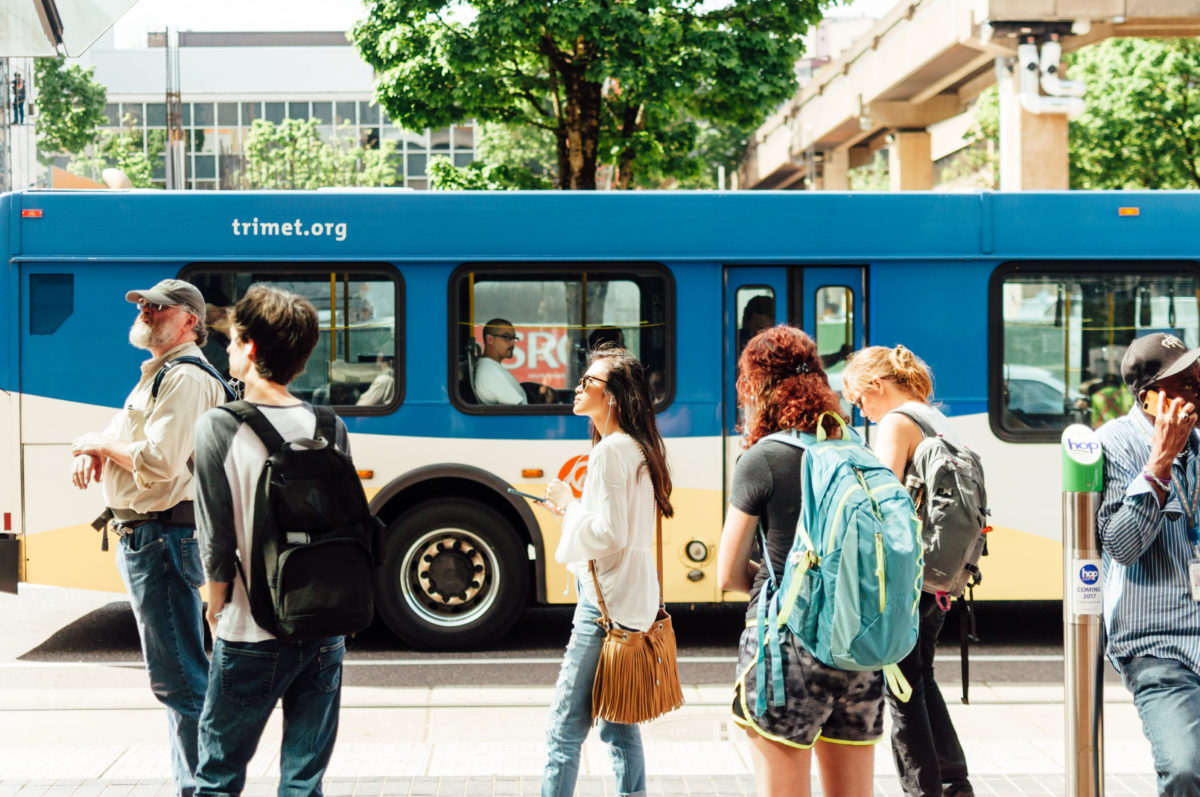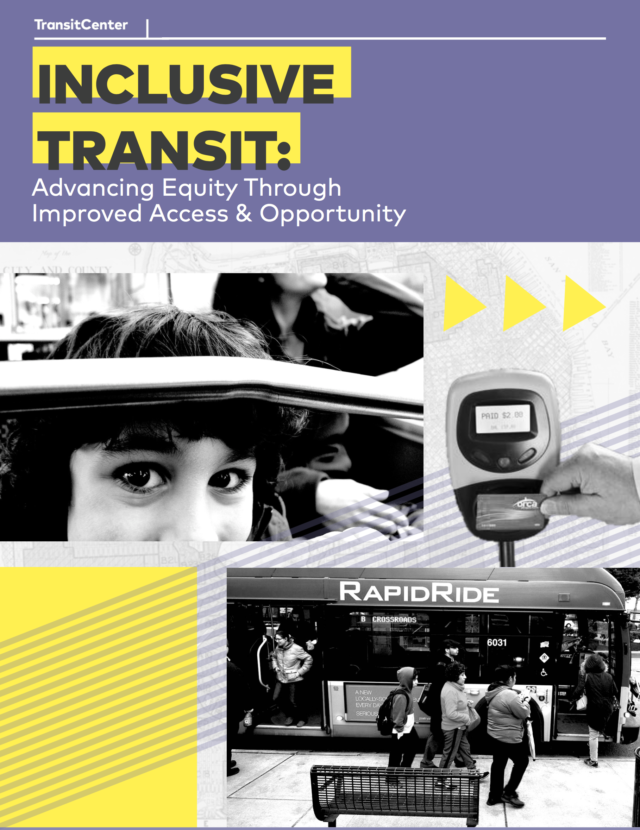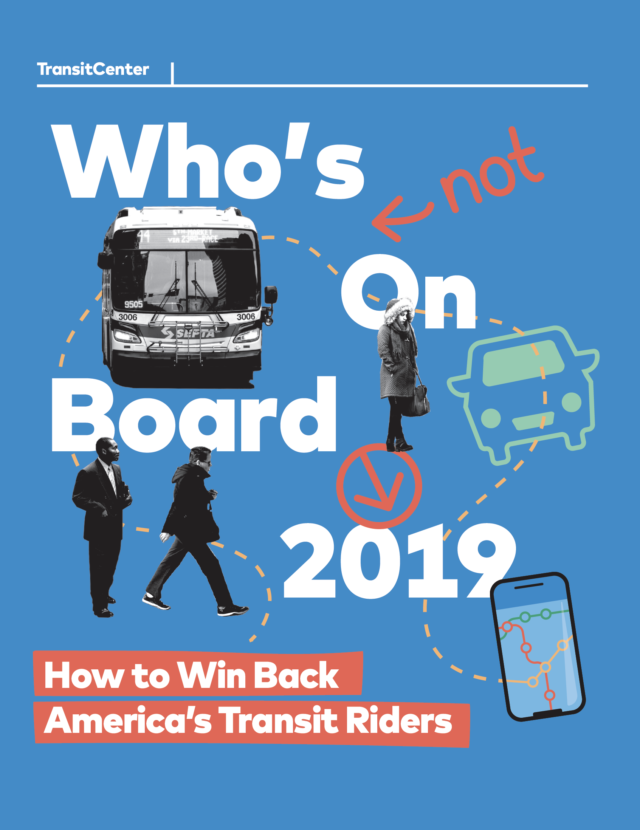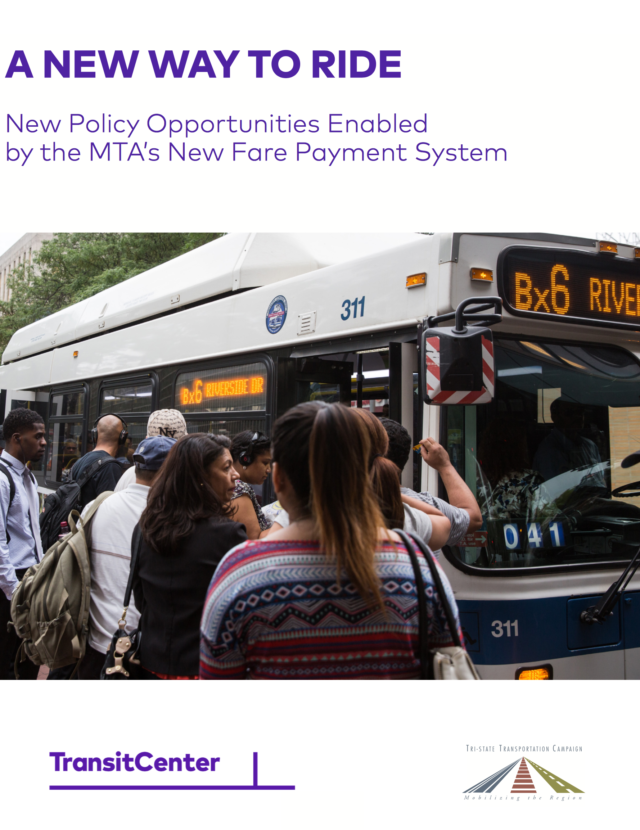Streetsblog: A Fare-r Deal for Riders
Introduction
Transit agency budgets tend to be precariously balanced. Economic swings constantly threaten to tip agencies into the red and trigger a round of painful service cuts or fare hikes. Under these pressures, fare policy often lacks strategic direction.
Without high-level goals to direct fare policy and pricing, fare structures have become more confusing and economically regressive — often at odds with transit’s mission to provide convenient, affordable service.
While agencies must weigh revenue generation and the capacity to provide service when setting fares, revenue should not be the sole consideration of fare policy. Transit agencies should evaluate changes to fare policy in light of other goals. By taking a step back and defining goals to guide fare policy, agencies can provide a framework for making more deliberate decisions and balance the need to generate revenue from fares against other objectives.
Case Study: SFMTA
San Francisco MTA designs its fare strategies to achieve four goals: incentivizing transit ridership, incentivizing pre-payment, enhancing customer convenience, and promoting equity.
In addition, since 2009 the SFMTA has indexed changes to transit fares and parking fees by formula. Known as the Automatic Indexing Implementation Plan, this process makes transit fare increases more predictable and transparent, and ensures that parking rates rise commensurately to the transit fare.
With more revenue coming in from parking fees, the SFMTA has directed resources to provide targeted fare discounts that advance its goals.
The Free Muni program, for instance, promotes equity by allowing 118,000 seniors, youth, and disabled residents of San Francisco to ride Muni at no charge. The agency also offers a $0.25 discount for single rides pre-paid via Clipper card or mobile app, an incentive that helps speed up the boarding process, enhance convenience, and draw more riders.
In 2012, SFMTA became the first North American transit agency to adopt all-door boarding on its entire bus fleet. This was a customer-focused policy designed to decrease dwell time at bus stops and provide riders with faster service.
The policy allows riders to board buses through all doors, and to pay either by tapping their Clipper Cards on readers installed by each door, or by purchasing tickets through the Muni Mobile App. Customers paying cash are still invited to do so at the farebox at the front of the bus.
To create the expectation that riders will pay, SFMTA employs proof of payment inspectors to conduct random fare checks along bus routes. Riders who haven’t paid the fare are issued a civil citation of $100 or more.
Since the policy was introduced, bus speeds have increased, dwell times have decreased, and bus ridership in San Francisco is holding steady. Early concerns about a decrease in fare revenue have proven to to be unfounded, and the rate of fare evasion has not increased.
Case Study: Trimet
In 2013, a state audit of TriMet in Portland, Oregon, identified significant financial challenges facing the agency while acknowledging its essential role in ensuring equity and access to opportunity in the region. This led to the creation of a Strategic Financial Plan that established the following fare policy goals:
- Financial sustainability and pricing strategy that keeps pace with costs of service
- Create fare structures that are simple to understand
- Mitigate fare cost for low-income, transit-dependent riders
- Engage communities when evaluating fare pricing
- Consider impact on customers and equity when changing fares
- Support simple and efficient fare enforcement
- Strike a balance between service quality and cost
TriMet’s fare policy framework has produced rider-friendly changes that support broad access to transit services.
One outgrowth of the agency’s goals is the Hop Pass, a contactless smart card accepted by all service providers in the region – TriMet, C-Tran, and the Portland Streetcar. Prior to the HopPass, Portland-area transit agencies had their own fare payment systems and pricing structures. Riders couldn’t seamlessly transfer between services, despite the regional nature of employment and housing, and were financially penalized for using multiple services. The Hop Pass has dramatically simplified fare pricing and made it easier for riders to pay for transit passes across the region. Now, riders can use the same pass on all regional services and aren’t penalized for using multiple operators.
While TriMet initially conceived of the Pass, the other operators quickly joined in. The business case for adopting the HopPass as a regional instrument was clear: the open architecture would allow each agency to customize to their own fare structure as well as give each the flexibility to adjust or swap out a particular vendor or outdated technology as needed without additional cost. The regional nature of the pass also incentivizes ridership, as riders don’t need to worry about differing fare media across each operator and aren’t penalized for using multiple operators.
Since committing to its fare policy goals, TriMet has implemented a range of affordability programs that make transit more accessible for youth, seniors, and people with low incomes.
TriMet is also one of the few agencies in the country to adopt fare capping. With fare capping, riders who pay per ride are not charged additional fares once they incur the equivalent cost of an unlimited transit pass. This ensures that riders who can’t afford the upfront cost of a weekly or monthly pass no longer pay more than riders who can.
Case Study: King County Metro
King County Metro in Seattle has established several fare policy goals to guide its decision-making. The impetus for this framework was a budget crunch brought on by the Great Recession and a decline in agency revenue from sales tax receipts.
A 2009 performance audit of King County Metro concluded that the agency had no strategic direction for fare policy, and that fare policies were not harmonized with the agency’s overall goals and objectives.
To rectify the situation, King County Metro adopted the following fare policy goals in 2011:
- Establish fare structures and fare levels that are simple to understand
- Align with other service providers in the region
- Meet revenue targets established by Metro’s fund management policies
- Reflect the cost of service
- Promote operational efficiency
- Ensure regional coordination
- Reduce the cost of fare collection
- Minimize impacts of fares on those least able to pay
In 2017, the agency eliminated the classification of fares by geography and time of day. Previously, prices were divided into three tiers — an off-peak fare of $2.50, a peak fare of $2.75, and a peak fare of $3.25 for trips crossing the Seattle municipal boundary. The system was both confusing and inequitable (for riders who couldn’t afford to live in Seattle, crossing the municipal boundary meant a higher fare). The move to a flat $2.75 fare, regardless of distance or time of day, helped address both issues and reduce barriers to riding transit.
King County Metro has also established robust discount pass programs — about 31% of the riding population uses a reduced-price pass — to make transit service more affordable and accessible. Metro offers discount pass programs for youth, seniors, riders with disabilities, and riders with lower incomes. As King County Metro works toward greater affordability and increased access, the agency is looking to launch a new ORCA LIFT low-income fare product offering a free fare to those with the lowest income, for whom any fare would simply be unaffordable.
Easy to Understand and Easy to Pay
In addition to setting fare policy goals around affordability, agencies should strive to make fares simple and convenient for riders.
Easy to Understand
Complicated fare structures make transit confusing, and when transit is confusing fewer people ride.
In Austin, Texas, Capital Metro launched its Metro Rapid limited-stop service with a fare of $1.75 – a $0.50 premium above a regular bus trip. The fare differential added complexity in more ways than one. Monthly transit passes, for instance, didn’t give riders access to the Rapid services.
Advocates took issue with the two-tiered system, and Capital Metro realized that Metro Rapid’s ridership was far below projections, so the agency decided to equalize fares. The simpler, more intuitive fare structure paid off. After the change was implemented, weekday ridership on Metro Rapid routes increased 37 percent year-over-year.
Many American transit agencies are now working to reduce fare structure complexity and to communicate pricing to riders with greater clarity. Strategies to simplify fares include: eliminating price differentials between services on the same network; integrating fare payment across different agencies; and switching from distance- or zone-based fares to a single price point.
Easy to pay
Fare payment methods at American transit agencies haven’t kept up with the times. Until recently, most agencies relied on two methods: paper tickets purchased from a vending machine or teller at stations, or cash paid on-board transit vehicles.
Paper tickets and cash fares are inflexible for riders and incompatible with economically progressive policies like fare capping. Someone rushing to catch a train or lacking exact change for a bus may opt not to pay the fare or to forgo the trip entirely. Upgrading to new fare payment methods can entice more riders while reducing fare evasion.
By adopting more modern technology, agencies can make it easier to pay for transit. Account-based fare media allow riders to add value without physically being at a station.
Some transit agencies are adopting mobile and credit card payment options. This reduces the need for separate transit fare media, increasing convenience for riders and reducing costs for agencies.
Going cashless
Many agencies are exploring eliminating accepting cash on-board for fares. While there are travel time benefits to adopting such a policy (cash payments can take between 5 – 9 seconds per passenger), agencies must do it in an inclusive way. Riders who do not have, or prefer not to use, traditional banking structures (and their contactless bank cards) or smartphones must be able to buy and reload transit cards from vending machines or through an out-of-system retail network. This network must be convenient for riders and offer the best customer service possible.
Transport for London is a model for out-of-network fare card sales. TfL Oyster cards can be purchased or value can be added at thousands of Oyster Ticket Stops located in newsstands, convenience stores, and supermarkets across London as well as at all Tube, London Overground, and TfL Rail stations. Additionally, passengers are also protected by a “One More Journey” policy which allows Oyster e-purse values to fall negative for one bus trip. TfL has also instituted fare capping, which gives riders the benefits of the daily or weekly pass even if they are paying per ride.
Conclusion
Agencies with strategic fare policies produce a better experience for riders, making transit more affordable, accessible, and convenient to use.
Good fare policy starts with a concerted effort from agency leadership to define goals and values. The three agencies profiled in this brief benefited from high-level initiatives to align fare policy with an overarching mission.
But better fare policy does not spring solely from transit boards and executives. It must also reflect the demands and expectations of riders. In many cases, public pressure has helped create the space for agencies to move forward with discount fare programs or simplified fare structures.
Nor is rethinking fares a one-time activity. It’s an ongoing process that requires regular evaluation and attention to ensure that fare policy achieves the agency’s broader goals.
